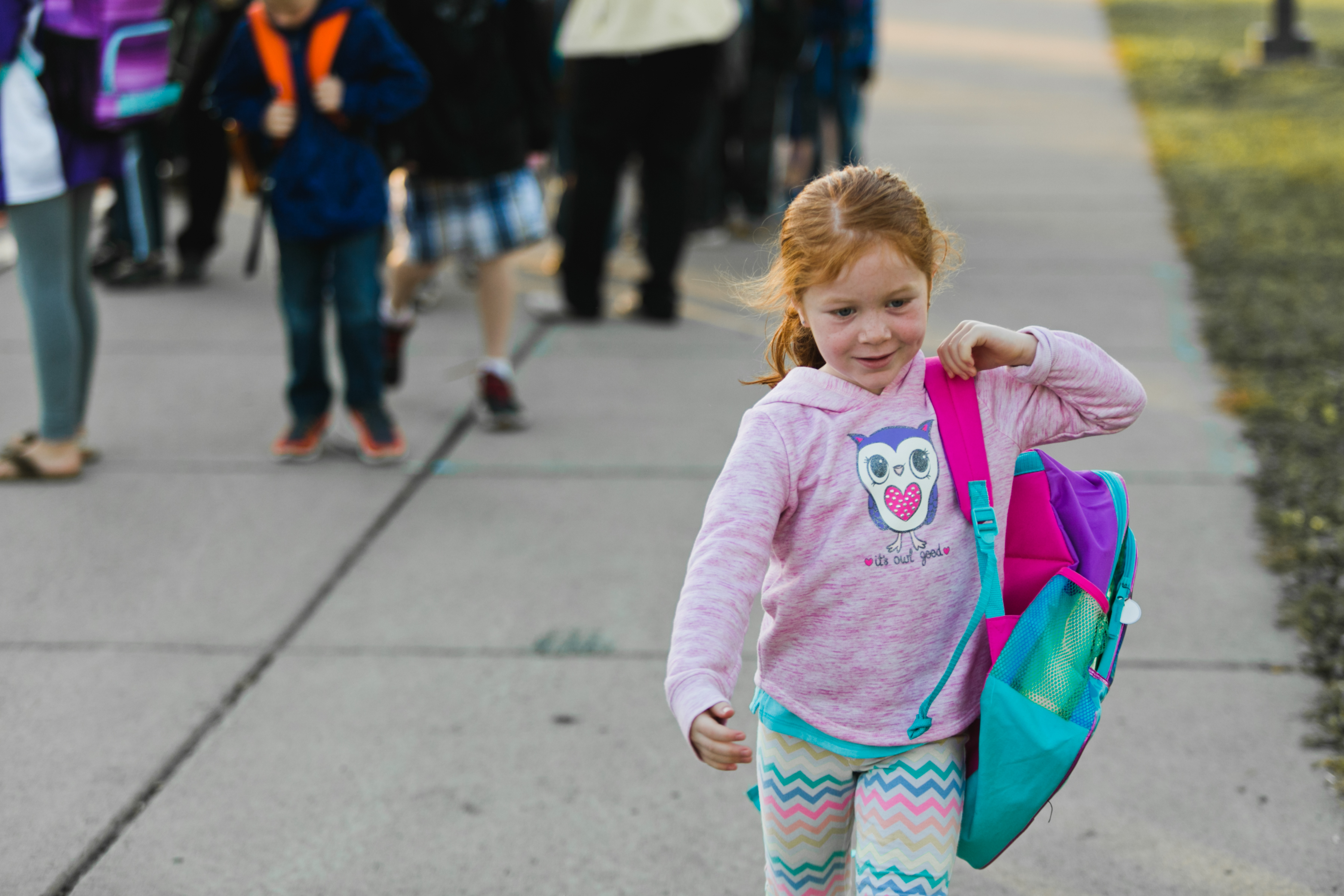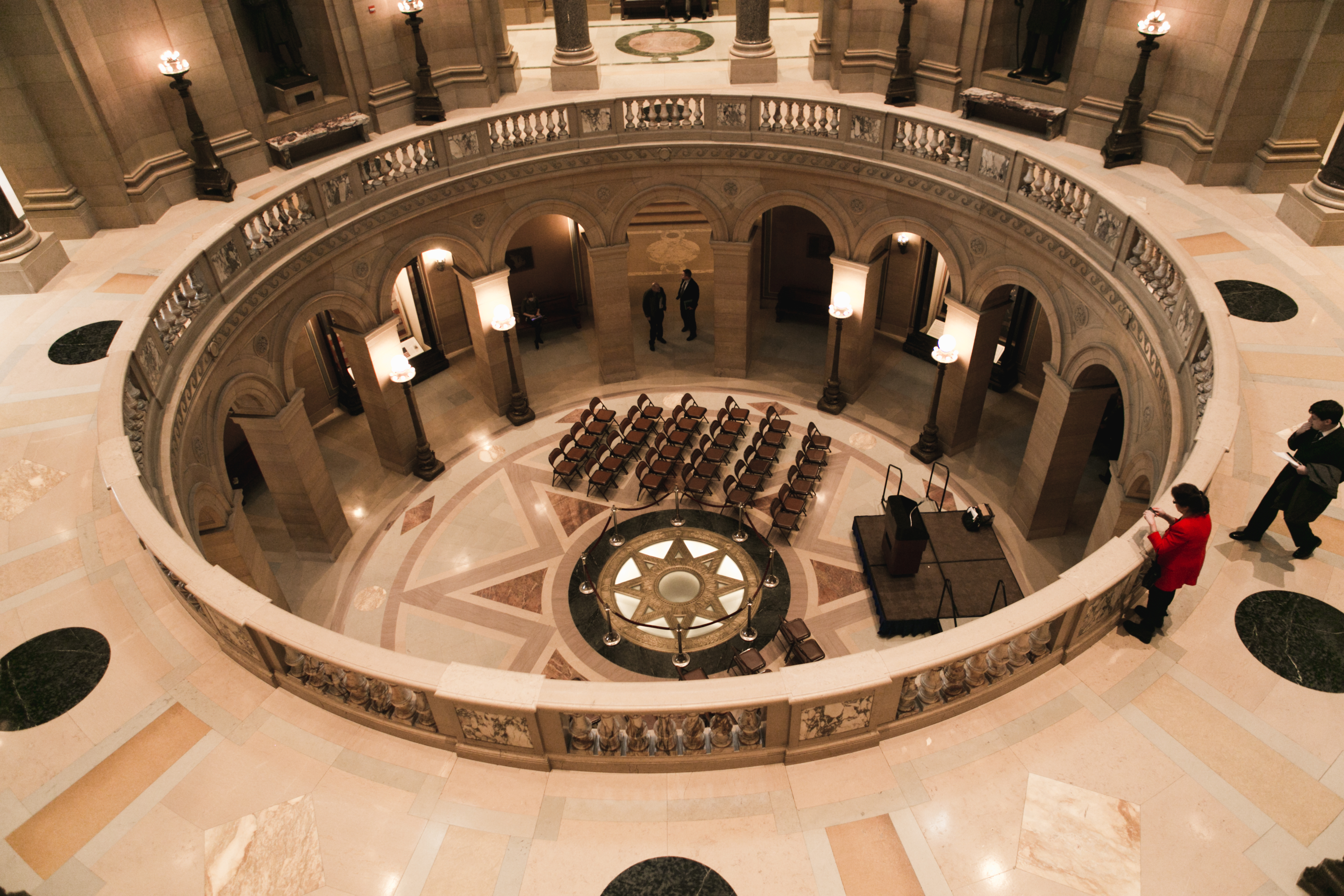After securing all day, every day kindergarten funding in his first term, Minnesota Gov. Mark Dayton has been on a mission to build out a high-quality early learning system. On Friday, he raised his initial increase of $75 million for for Voluntary Pre-Kindergarten (VPK) to $175 million.
The move came as he made adjustments to his budget plan in light of the improved February forecast that projected a surplus of $1.65 billion for FY 2018-19.
Keeping with his primary goal of long-term fiscal balance in the state’s budget he’s proposing adding $200 million more to the budget reserve with VPK representing his most significant funding increase. Dayton wants another $100 million on top of his current request for a $75 million to expand VPK He’s also proposed $73 million to improve the Child Care Assistance Program (CCAP).
This may not come as a surprise, given the Governor’s 2015 proposal for a universal school based Pre-K and major funding for the state’s languishing CCAP.
Get the current funding picture:
- View map of the total Pre-K revenue by school district
- View map of Voluntary Pre-K applicants (Funded and unfunded districts)
- Download run of Early Learning Revenue
Bills Proposed
Moves by the Governor and others have put the early learning debate in full swing, with a variety of proposals being presented. School districts, child care centers, Head Start programs and family day care make up the vast majority of program providers that are involved. Here’s a quick digest of notable bills:
- MinneMinds is a large movement of early learning advocates and is pushing for an expansion of Pathway I & II scholarships with HF 1997 (Kresha). View map of Pathway II funding by district.
- A group of business interests called Close Gaps by 5 is looking to create significant state coordination of early learning funds and programs (HF 2259 Loon).
- HF 1684, from Freshman DFLer Julie Sanstede (DFL Hibbing), would add $30 million the existing pot of $33 million in School Readiness funds. School Readiness funds go through community education and are flexible so schools can design programs that meet their community’s needs. View map of school readiness funding by district.
- HF 2259 would give significant control over early learning policy and state funds to a state director with authority over the Minnesota Department of Education (MDE) and the Department of Human Services. Yet, questions of intent and mechanics remain.
- The Senate companion (SF 1845 Nelson) has been turned into a study group to look deeper into the questions and considerations around state and local control before creating a new agency.
- HF 1491 (Loon) & SF 389 (Nelson) would repeal the MDE Commissioner’s authority to designate Pathway II scholarships. SF 389 was never heard in Senate E-12 Policy and appears to be done for the session in the Senate. HF 1491 emerged late last week when House Education Finance Chair Jenifer Loon had both HF 2259 and HF 1491 debated in committee. She appears willing to let HF 1491 go for the session, but she’s digging in on some kind of framework for HF 2259.
A More Coordinated System?
There’s a desire by some to build a database to help the state run a more coordinated system programs and revenues for kids and families. Efforts to build a state early learning data system will face data privacy questions and concerns.
As much as legislators say information from organized databases is needed to make informed decision, they ultimately lack enthusiasm to pay for such systems.
Proponents of HF 2259 want to establish a total rate cap per child that would include CCAP and scholarship funds received by any one child. What the rate cap should be hasn’t been fully vetted, although the figure $15,000 comes up at times.
School Readiness and Voluntary Pre-K are included in the proponents’ vision of coordinated funding. Blending school-based programs that come with their own statutory requirements creates a major challenge to their vision. Merging CCAP funds into this mix adds a whole new layer of complexity.
Proponents reasons for these efforts include ensuring funds are maximized and redundancies are eliminated. These are notable policy goals needed to rationalize an emerging system and perhaps to build broader political support.
Still, many questions about provider quality and accreditation, licensed staff and standard program expectations remain before authority over program funds is given to a state director.
The bill contemplates community early learning hubs that would provide the coordination of these funds and programs, but it’s an underdeveloped provision in the bill.
What’s Next?
The 2015 model for solving early learning and getting the E-12 bill signed into law was a mix of School Readiness, Pathway I & II scholarships and Head Start funding.
The new kid on the early learning block is Voluntary Pre-K, a result of the 2016 supplemental budget bill. The GOP legislature doesn’t want to see it expanded. They’re frustrated at not knowing how much the current pilot grants really expanded access to new slots.
HF 2259 is likely aimed, in part, at washing Voluntary pre-K into a larger, more deliberate multi-provider fund. Proponents of 3 and 4 star child care would appreciate that, especially as they see their hopes for improved CCAP funding in the HHS bill vanish with lousy budget targets in that arena.
Still, demand for Voluntary Pre-K funds is certainly exists and districts will continue to argue for equity in this funding. Let’s not forget this is Gov. Dayton’s last chance to leave a major fingerprint on education in Minnesota. Governors often get what they want, especially when it’s their top priority.





